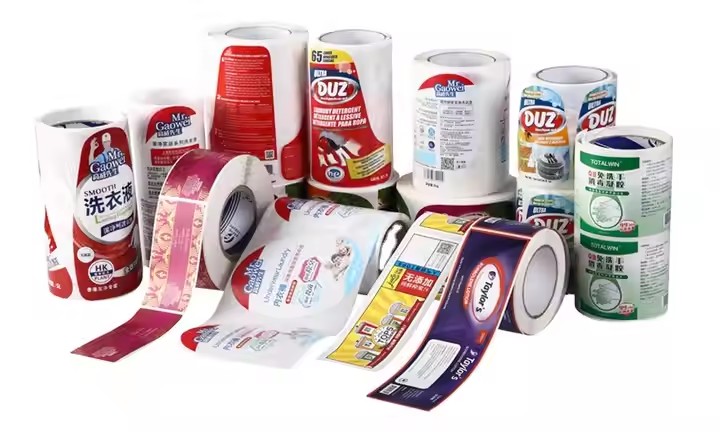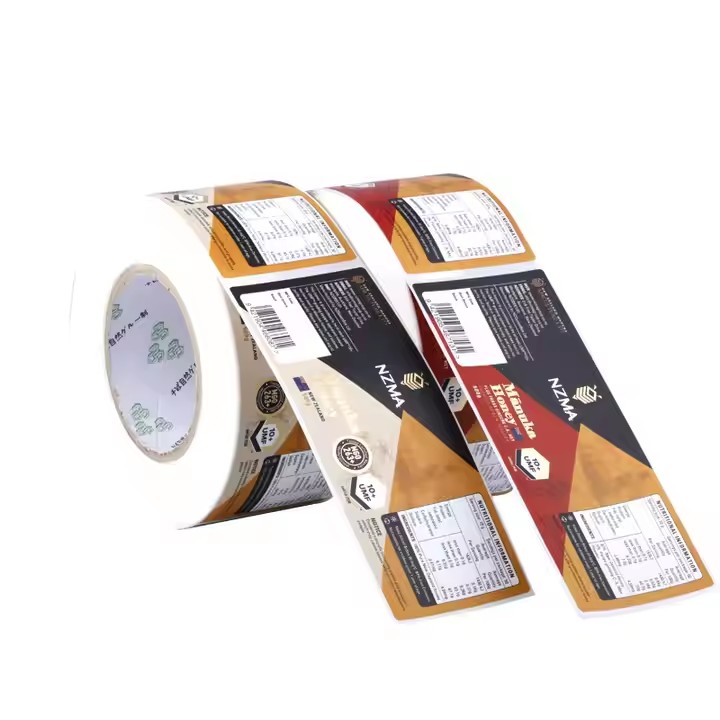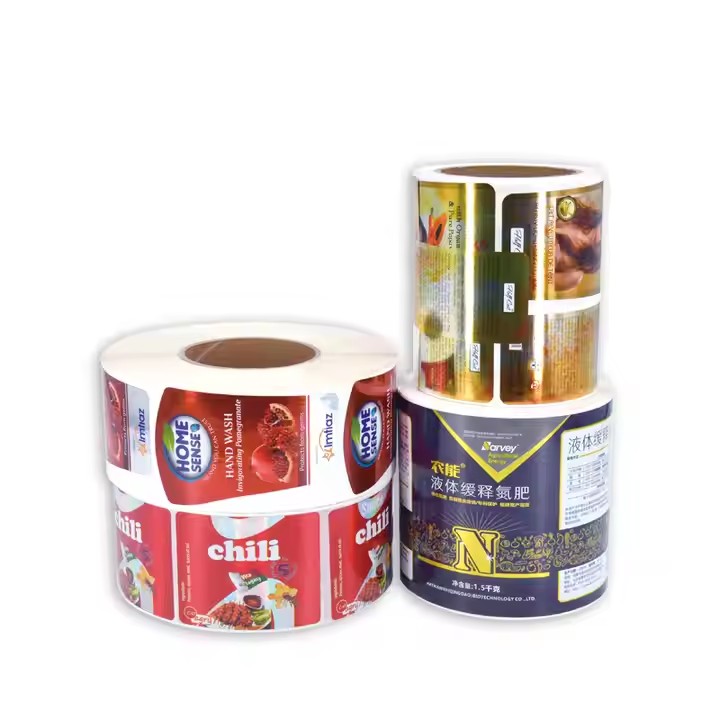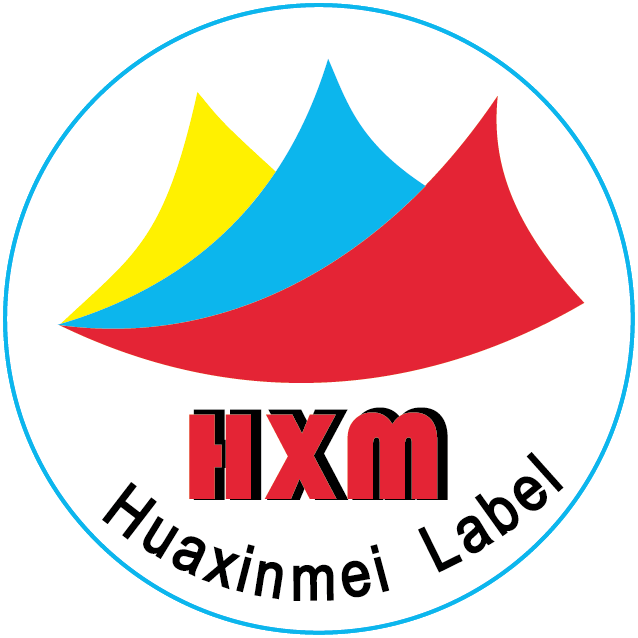
Raw Material Control
When it comes to raw materials, as it involves dealing with suppliers, the management of suppliers should be carried out. Suppliers should be screened to select those that are of high quality and stable. Stringent audits should be conducted on raw material suppliers, including examining their production qualifications, quality control systems, and industry reputations. For example, for suppliers of label face materials, they are required to be able to continuously provide materials with a smooth surface, consistent glossiness, and that meet environmental protection standards. Suppliers should be evaluated regularly, such as conducting a comprehensive evaluation once a year, and the decision on whether to continue cooperation is made based on indicators such as the quality of the raw materials they provide and their on-time delivery rate. A detailed quality agreement should be signed with suppliers to clarify the quality standards of raw materials, such as the physical properties (thickness, tensile strength, etc.), chemical properties (chemical corrosion resistance, ink adhesion, etc.) and appearance requirements. For raw materials that do not meet the quality requirements, there should be clear terms for return and claim.
Regarding raw material inspection, a strict raw material inspection system should be established. Each batch of raw materials upon arrival should be subject to sampling inspection or full inspection. For example, for the glue used in labels, its viscosity, curing speed, and temperature resistance should be inspected. Professional testing equipment such as viscometers should be used to detect the viscosity of the glue to ensure it is within the specified range. For raw materials that fail the inspection, they should be isolated and marked to prevent them from entering the production process. Meanwhile, an analysis of the non-conforming products should be carried out to trace whether the problem lies with the supplier or during transportation and storage, so that corresponding corrective measures can be taken.

Production Equipment Management
Equipment suitable for the production of customized multi-layer labels should be selected. When purchasing equipment, considerations should be given to its precision, stability, and production efficiency. For example, for the laminating equipment used for multi-layer labels, a model that can accurately control the laminating temperature, pressure, and speed should be chosen. After the equipment is installed, it should be calibrated regularly. For example, the temperature sensors and pressure sensors of the laminating equipment should be calibrated monthly to ensure that the error between the displayed values and the actual values is within the allowable range. According to the requirements of label size, number of layers, etc., reasonable parameter settings should be made for the equipment. When producing different batches of customized multi-layer labels, the parameters of the equipment should be recorded so that the equipment can be quickly and accurately adjusted in subsequent production to ensure the consistency of production quality.
Equipment Maintenance and Cleaning
In terms of the use and maintenance of production equipment, a complete equipment maintenance plan should be established. Routine maintenance, regular maintenance, and fault repair should be carried out on the production equipment. Routine maintenance includes tasks such as equipment cleaning and lubrication. For example, after the daily production of label printing machines, the ink rollers should be cleaned to prevent the ink from drying and affecting the printing quality. Regular maintenance includes the replacement of equipment components and precision adjustment. For example, the transmission components of the equipment should be taken care of every six months by checking and replacing the worn parts. A clean environment for the equipment should be maintained. A dedicated cleaning area should be set up in the production workshop to clean the equipment to prevent contaminants such as dust and oil from entering the equipment and affecting the quality of the labels. Meanwhile, protective devices such as dust covers and splash guards should be installed around the equipment to reduce the interference of external factors on the equipment and the production process.

Production Process Control
During the production process of label packaging, the corresponding production processes should be standardized by formulating detailed production process regulations. For each production step of customized multi-layer labels, such as printing, laminating, die-cutting, etc., the process parameters, operation methods, and quality requirements should be clearly defined. For example, in the label printing process, parameters such as the type of ink, printing speed, printing pressure, etc. should be specified, and operators are required to strictly follow the regulations. The production process should be continuously optimized. Data collected regularly during the production process, such as the defective rate of products and production efficiency, should be analyzed to identify problems existing in the process. Through experiments and improvements, the process level should be continuously improved. For example, if the laminating quality of labels is found to be unstable, by adjusting parameters such as laminating temperature, time, and pressure, the best process combination can be found to improve the stability of the laminating quality.
Regarding personnel operation specifications, operators should be trained to make them familiar with the production process and equipment operation. The training content includes production flow, equipment operation regulations, quality standards, and safety precautions. For example, when new employees join the company, they should undergo at least one week of pre-job training, through a combination of theoretical learning and practical operation, to enable them to master the basic skills of label production. Strict operation specifications should be formulated, and operators are required to comply with them during the production process. During the operation, operators should keep production records, such as recording the running parameters of the equipment, the batches of raw materials used, etc., so that the product quality can be traced. For behaviors that violate the operation specifications, they should be corrected in a timely manner and corresponding penalties such as warnings and fines should be imposed.

Quality Detection and Feedback
After the production of labels, a quality detection system should be established. A multi-level quality detection system should be set up. Multiple quality detection points should be set in the production process, such as raw material inspection, semi-finished product inspection, and finished product inspection. For each inspection point, the inspection items, inspection methods, and acceptance standards should be clearly defined. For example, in the semi-finished product inspection, items such as the printing quality of labels (such as pattern clarity, color accuracy) and laminating quality should be inspected, and methods such as visual inspection and instrument inspection should be used for detection. Professional quality detection equipment should be equipped. According to the quality detection requirements of customized multi-layer labels, equipment such as microscopes, tensile testing machines, and aging test chambers should be purchased. The microscopic structure of labels, such as the fitting situation between layers, can be inspected by using microscopes; tensile testing machines are used to detect the viscosity and tensile strength of labels to ensure that their physical properties meet the requirements. For example, quality sampling inspections can also be carried out on the produced labels to check whether the produced labels meet the corresponding quality acceptance standards.
Quality Feedback and Improvement
Regarding whether there are quality problems with the products, a quality feedback mechanism should be established in the company. When quality problems are detected, the information should be promptly fed back to relevant departments and personnel, such as the production department and the equipment management department. For example, if quality inspection personnel find that the printing color of labels has a large deviation, they should immediately notify the person in charge of the printing workshop, and at the same time provide the data and samples of the color deviation. Analysis and improvement of quality problems should be carried out. Regular quality analysis meetings should be held to conduct in-depth analysis of the quality problems that occur, to identify the root causes of the problems, such as changes in raw materials, equipment failures, process adjustments, etc. Corresponding improvement measures should be formulated, such as replacing raw material suppliers, repairing equipment, optimizing the process, etc., and the tracking of the implementation effects of the improvement measures should be carried out to ensure that the quality problems are effectively solved.



